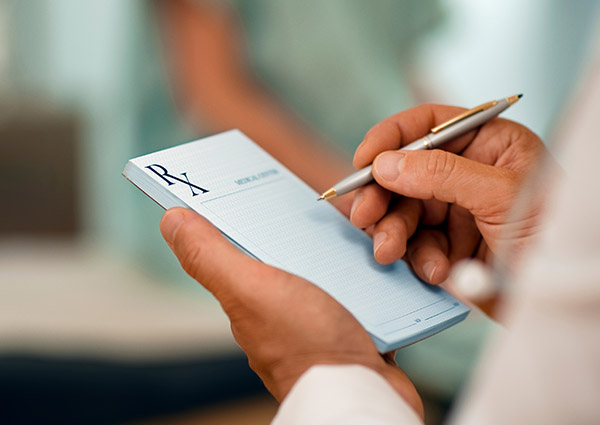
Quick and Easy Checklist for Traveling with Diabetes
Don’t let diabetes keep you home! Use the following checklist to prepare for a perfect trip.
Visit your physician. Obtain physical prescriptions to take with you, and a letter detailing your condition and required medications and supplies. Have your physician write up an emergency plan to follow, should a health issue arise and give a copy to your fellow travelers. Discuss with your doctor how to manage your diabetes, considering your itinerary.
Before leaving home. Make a list of pharmacies and medical clinics in the area you’re visiting. Make copies of insurance cards and consider purchasing travel insurance. Also, consider buying a medical ID bracelet/necklace to always wear. Learn to say key phrases in the local language if traveling abroad, such as, “I’m diabetic,” or “Where is the pharmacy?”
Packing medical supplies. Take double the medicine and supplies you need. You want to have extra in case you lose or damage something or your plans change mid-trip. Having a backup glucose monitor is great if possible, and extra batteries are a necessity. Bring along a pack of wipes and/or hand sanitizer to use before injections or checking glucose.
Packing your medical supplies: air travel. Check TSA and airline requirements ahead of time. Keep meds in their original bottles inside a plastic bag, and don’t allow your monitor or insulin to go through an X-ray machine screening; instead, ask for a visual search. Show your doctor’s letter. Put your diabetic supplies in your carry-on and possibly a few more in your personal item (purse/backpack) under your seat. If you have a continuous glucose monitoring system on your body, ask TSA agents to do a hand-search, explaining that detaching the device may cause damage.
Packing med supplies: road travel. Keep insulin and medication out of direct sunlight and not on ice/gel packs, either. Use a cooler bag, and wrap any gel pack in towels. Also, store used needles in a hard pencil case to take home.
Foot care. Bring two comfortable pairs of closed-toe shoes. Switching pairs is helpful, but make certain they are both already well broken in. Preferably, don’t go barefoot, and check feet daily for wounds, blisters or scratches.
Avoiding blood clots. Get up and walk every hour or two while en route, whether on a plane or driving. Consider wearing compression stockings, particularly while flying.
General health tips for travel. Pack plenty of healthy snacks and try to stick to your meal schedules, but you’ll likely need to monitor your glucose levels more often than usual. Avoid sunburns or getting overheated, and stay hydrated. Finally, never delay seeking medical treatment!




